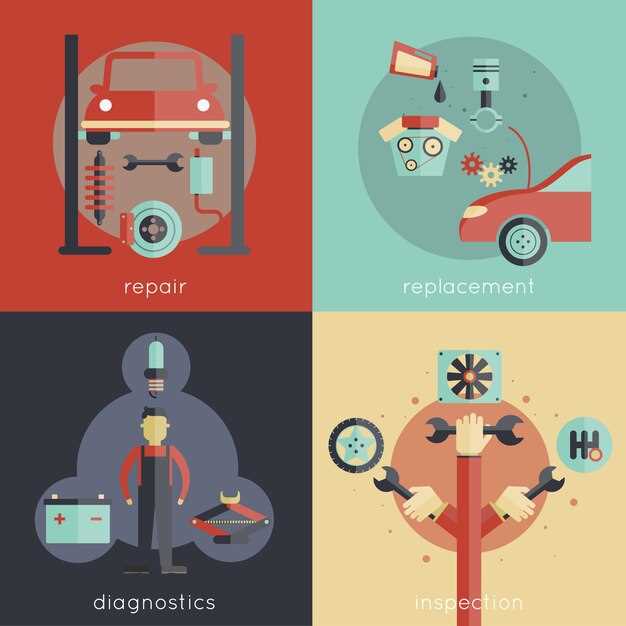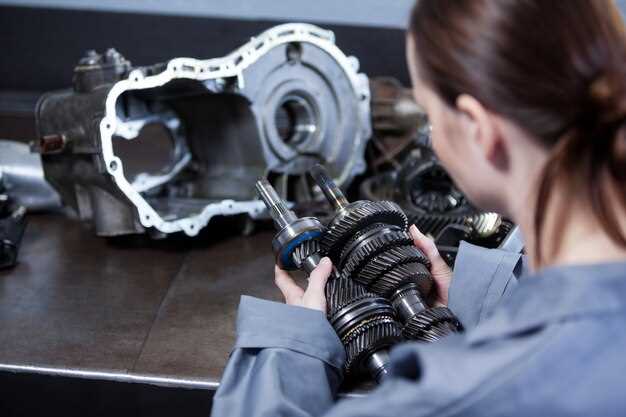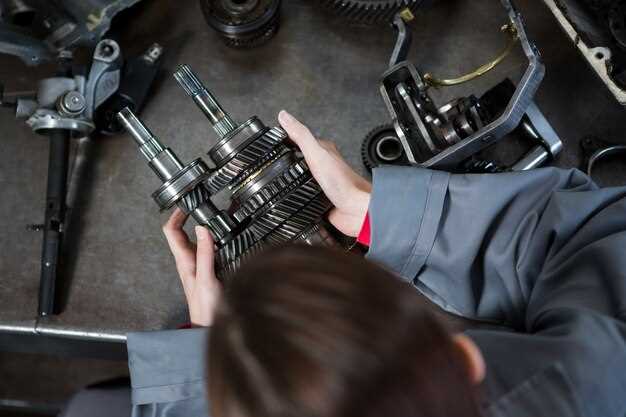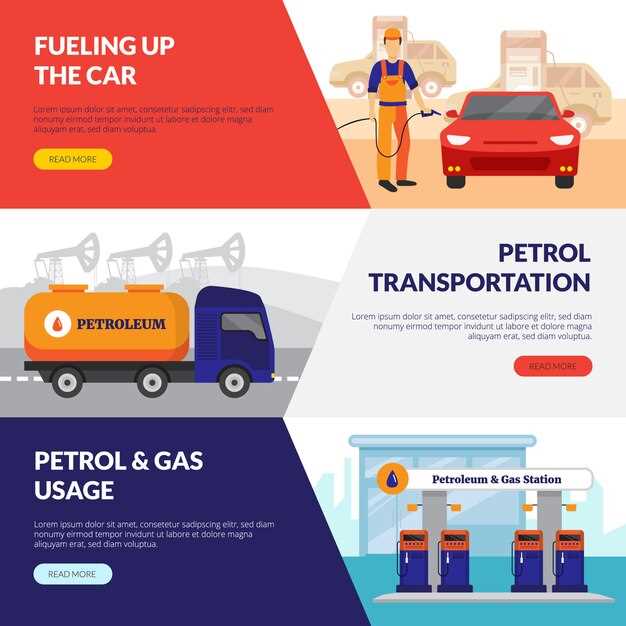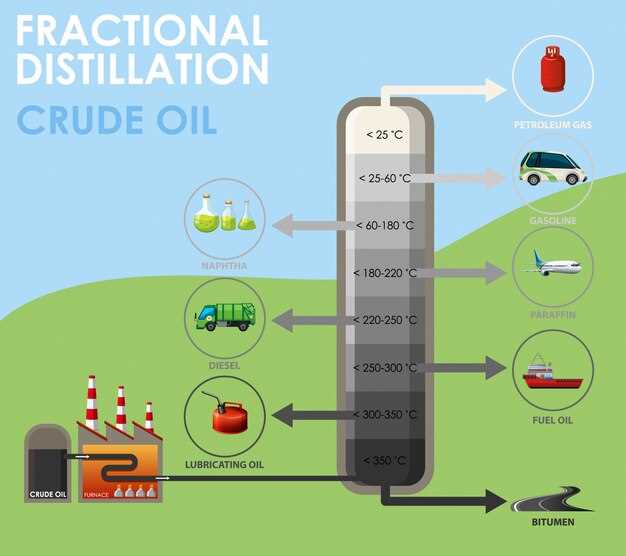
The management of fleet vehicles presents a unique set of challenges, especially when it comes to maintenance tracking. Keeping up with regular maintenance is crucial to ensure safety, efficiency, and longevity of the vehicles. Implementing a streamlined system for tracking maintenance can significantly reduce operational costs and minimize downtime, leading to improved overall productivity.
By embracing modern technology and software solutions, fleet managers can simplify the maintenance tracking process. This not only enhances accountability among team members but also allows for better planning and execution of maintenance tasks. In this article, we will explore various methods and best practices for effective maintenance tracking, emphasizing how a systematic approach can transform your fleet management strategy.
From automated reminders to comprehensive logs of service history, understanding the tools available can empower fleet managers to make informed decisions. With an organized maintenance tracking system in place, businesses can ensure that their vehicles remain in optimal condition, maximizing efficiency while minimizing potential disruptions.
Choosing the Right Software for Fleet Maintenance Tracking

Selecting the appropriate software for fleet maintenance tracking is crucial for optimizing operations and ensuring vehicle reliability. Start by assessing the specific needs of your fleet. Consider factors such as the size of your fleet, types of vehicles, and the nature of your operations. This understanding will guide you in selecting a solution that caters to your requirements.
Compatibility is another key aspect. Ensure the software integrates seamlessly with existing systems such as logistics, inventory management, and telematics. This will not only streamline data sharing but also enhance overall efficiency.
User-friendliness is essential for encouraging adoption among employees. A straightforward interface helps technicians and managers quickly learn the system, reducing training costs and minimizing mistakes. Look for software that offers mobile access, allowing staff to update maintenance logs and schedules on-the-go, enhancing real-time tracking.
Robust reporting capabilities are necessary for analyzing fleet performance. Opt for software that provides customizable reports, enabling you to monitor key metrics such as maintenance costs, repair history, and downtime. These insights empower managers to make informed decisions regarding maintenance schedules and budget allocations.
Consider the level of customer support provided by the software vendor. Reliable support can be invaluable in resolving issues quickly and ensuring that your operations run smoothly. Look for software with extensive documentation, training resources, and responsive customer service.
Lastly, evaluate the scalability of the software. As your fleet grows or changes, your maintenance tracking solution should adapt accordingly. Choose a provider that offers flexible plans or additional features that can accommodate your evolving needs.
Establishing a Scheduled Maintenance Routine and Checklist

Creating a scheduled maintenance routine for fleet vehicles is essential for ensuring their reliability, longevity, and safety. A well-defined maintenance schedule helps prevent unexpected breakdowns and extends the vehicle’s operational lifespan. The first step is to set regular intervals for inspections and servicing based on manufacturer recommendations and operational demands.
Begin by developing a comprehensive checklist that covers all essential aspects of vehicle maintenance. This checklist should include routine inspections, fluid levels, tire conditions, battery performance, brake functionality, and light and signal operations. Each item should be specified to guide technicians through inspections efficiently.
Next, categorize maintenance tasks into daily, weekly, monthly, and annual checkups. Daily tasks might involve visual inspections and fluid checks, while monthly tasks could require more detailed examinations like tire rotations or cabin air filter replacements. Annual tasks should encompass comprehensive inspections that could lead to engine tune-ups or major system checks.
Utilizing fleet management software can streamline this process. These tools can track maintenance schedules, send reminders for upcoming services, and log completed work. Incorporating a digital system reduces the likelihood of missed maintenance activities and helps in analyzing maintenance history for each vehicle.
Moreover, involving drivers in the maintenance routine is crucial. Providing them with training regarding basic vehicle checks can empower them to spot potential issues early. Encourage regular reporting of any unusual sounds or performance changes to maintain proactive management of fleet health.
Finally, regularly review and update the maintenance checklist and schedule based on fleet performance data. This ensures that the routine remains effective and aligns with any changes in vehicle usage, technology, or regulations. By establishing a disciplined approach to maintenance, fleet managers can significantly enhance the performance and reliability of their vehicles.
Analyzing Maintenance Data to Optimize Fleet Performance
Effective fleet management requires a thorough understanding of maintenance data to ensure optimal vehicle performance and minimize downtime. Analyzing this data can help fleet managers identify patterns, predict failures, and implement proactive measures that ultimately enhance operational efficiency.
One of the key aspects of analyzing maintenance data is tracking service history. By documenting every maintenance task, from oil changes to tire rotations, managers can establish a baseline for each vehicle’s performance. This historical data helps in recognizing trends such as average repair times and common issues faced by specific vehicle models.
Utilizing data analytics tools can significantly improve the analysis process. These tools can process large datasets rapidly, allowing managers to generate insights from maintenance records efficiently. Dashboards that highlight key performance indicators (KPIs) such as average cost per mile, frequency of repairs, and vehicle availability provide a clear picture of fleet health.
Predictive maintenance is another critical benefit of analyzing maintenance data. By leveraging historical performance statistics alongside environmental and operational conditions, managers can forecast potential equipment failures. This approach enables the scheduling of maintenance before a breakdown occurs, thus reducing unexpected downtime and repair costs.
Additionally, fleet optimization can be achieved by benchmarking maintenance performance against industry standards. Comparing metrics such as downtime, maintenance costs, and parts usage with similar fleets allows managers to identify areas for improvement and implement best practices.
Regular audits and reviews of maintenance data foster a culture of continuous improvement. Engaging staff in discussions about findings and insights can lead to innovative solutions and more efficient practices. Encouraging feedback from drivers and mechanics ensures that the data collected is comprehensive and valuable for decision-making.
Ultimately, the systematic analysis of maintenance data equips fleet managers with the tools needed to enhance performance, extend vehicle lifespan, and reduce costs. By leveraging modern analytics and ensuring a culture of transparency, fleets can operate more efficiently and effectively in today’s competitive landscape.






